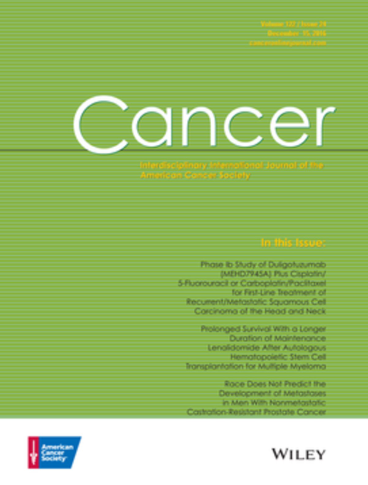The published literature on hematological, clinical, flowcytometric-immunophenotyping, and minimal residual disease outcomes of the prognostically important genetic subtypes of acute lymphoblastic leukemia (ALL) is scarce from low-income countries. For newer classifications such as BCR::ABL1-like ALLs, the scarcity of patient-level data is even more pronounced.
The authors performed comprehensive detection of recurrent gene fusions and BCR::ABL1-like ALL cases followed by immunophenotypic profiling and obtained clinical outcome parameters for a large cohort (n = 1021) of patients from India. This cohort included a significant number of patients with BCR::ABL1-like ALL subtype and other genetic subtypes of ALL.
Patients with BCR::ABL1-positive and BCR::ABL1-like ALL were significantly older, had male preponderance, and expressed a higher white blood cell count than BCR::ABL1-negative cases (p < .05). Logistic regression modeling of B-lineage-ALL (B-ALL) subtypes revealed that cluster of differentiation (CD)36 is a strong statistically significant predictive marker of BCR::ABL1-like ALL (p < .05). Furthermore, patients with BCR::ABL1-like ALLs show a significantly higher frequency of CD36 expression compared to BCR::ABL1-negative ALLs (p < .05). In terms of clinical symptoms, lymphadenopathy is a strong statistically significant predictive marker in BCR::ABL1-like ALLs compared to BCR::ABL1-negative ALL cases (p < .05). In terms of treatment outcomes, minimal residual disease (MRD) positivity in BCR::ABL1-positive ALL cases were statistically significant (p < .05), and BCR::ABL1-like ALL cases had high MRD-positivity as compared to BCR::ABL1-negative ALL cases but did not show statistical significance.
The findings evince the use of novel therapies and personalized treatment regimens to improve the overall survival of the newer incorporated entities in B-ALLs. This is the first report characterizing the hematological, clinical, flowcytometric-immunophenotyping, and minimal residual disease outcomes of the prognostically significant subtypes of ALLs in patients from India.
Characterizing the hematological, clinical, flowcytometric-immunophenotyping, and minimal residual disease outcomes of the prognostically significant subtypes (n = 1021) of acute lymphoblastic leukemia (ALLs) in patients from India.
We have made two independent logistic regression models of cluster of differentiation (CD) markers and clinical symptoms to differentiate prognostically significant subtypes of ALLs.
Logistic regression analysis of CD markers revealed CD36 as a strong predictor in BCR::ABL1-like ALL cases compared to BCR::ABL1-negative ALL cases.
Logistic regression analysis of clinical symptoms revealed lymphadenopathy significantly predicts BCR::ABL1-like ALLs (p < .05).
In terms of treatment outcomes, BCR::ABL1-positive ALL had statistically significant minimal residual disease (MRD) (p < .05), and BCR::ABL1-like ALL cases had high MRD-positivity but did not show statistical significance as compared to BCR::ABL1-negative ALLs.


